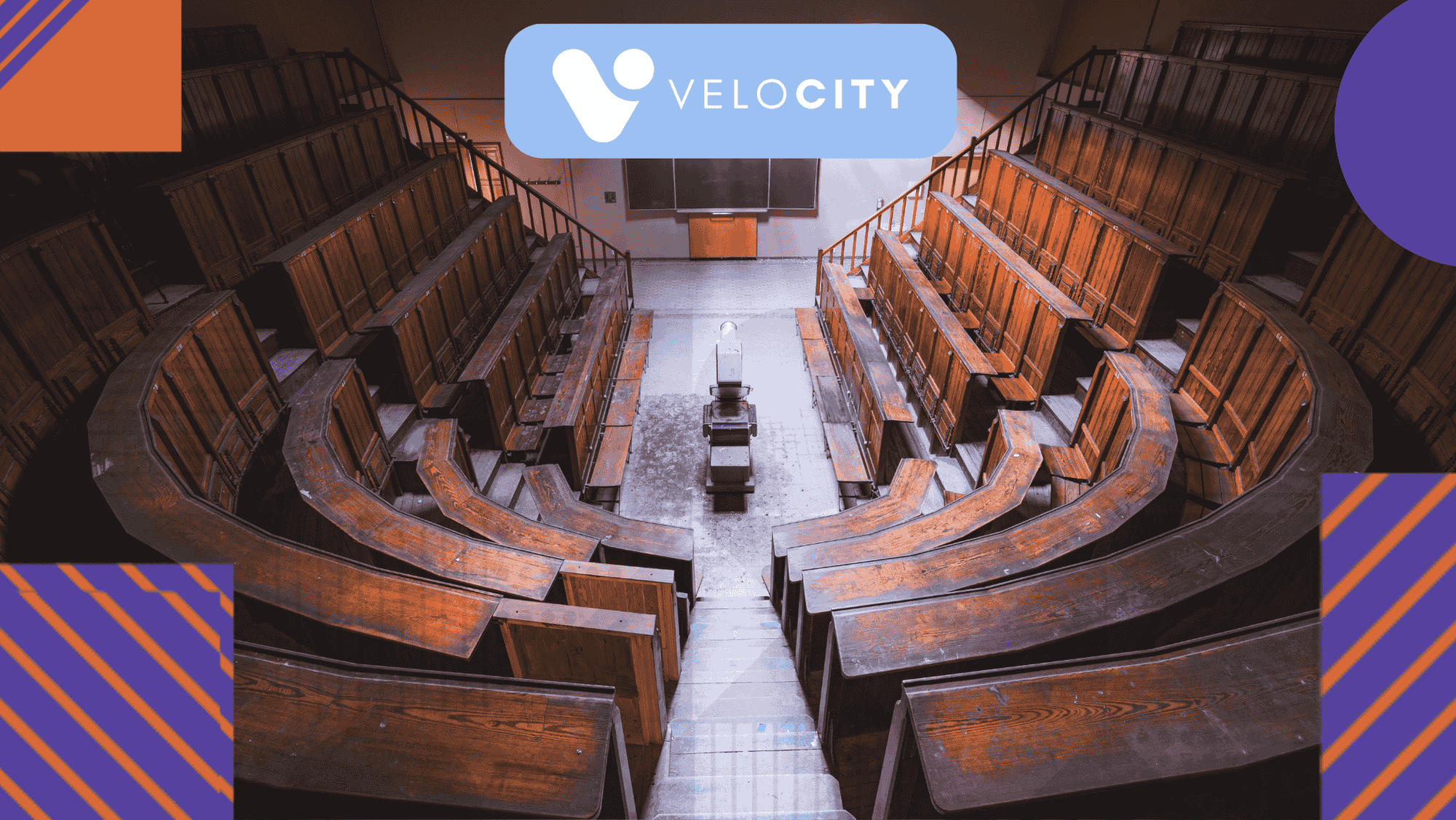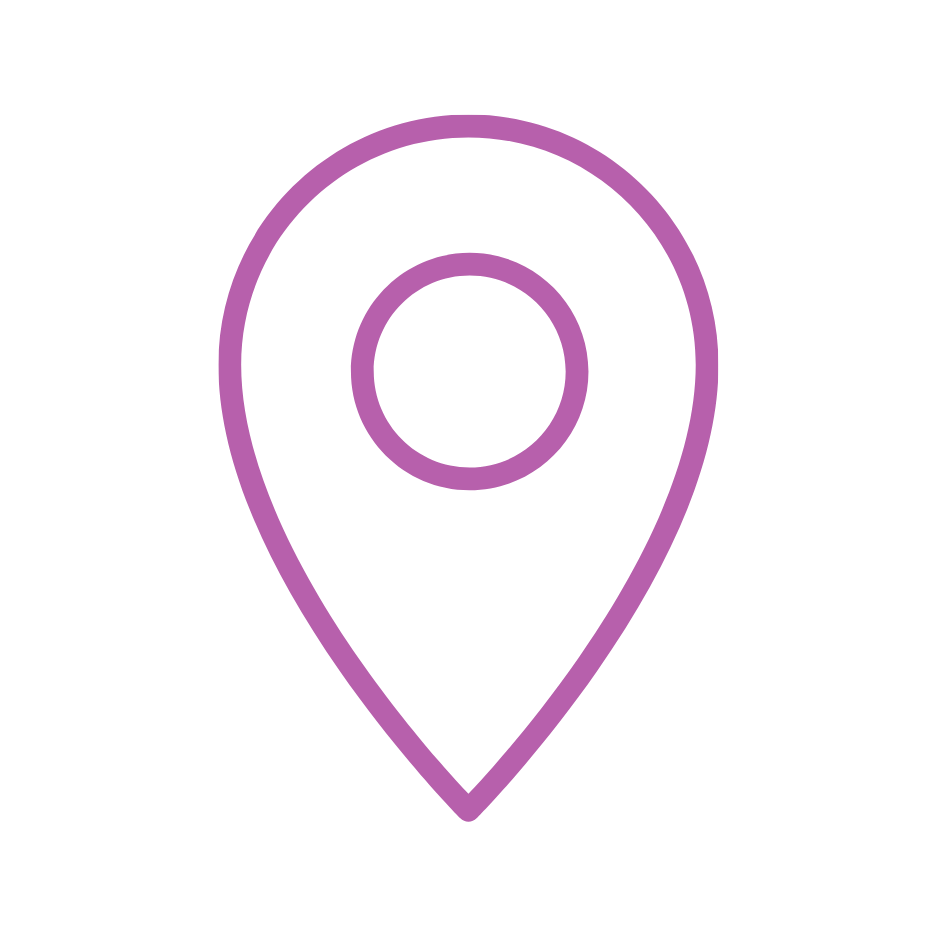By the time today’s first-year students graduate, many of the roles they’ll step into won’t exist yet. That reality makes the classic “What should I study?” question feel impossible. In the age of AI and accelerated change, here’s the truth: there is no single “best” subject. What separates future-ready graduates isn’t a major—it’s a toolkit: critical thinking, empathy, negotiation, collaboration, and hands-on experience layered on top of whichever discipline you love. This guide shows students, parents, and universities how to make study choices that stay relevant—no matter how the job market shifts.

Covered in this article
The Myth of the “Best Subject”
What the Research Says: Skills > Majors
The Future-Ready Toolkit (Soft Skills that Compete)
How to Choose a Subject—That Still Matters
Hands-On Experience: Projects, Placements, Proof
What Universities Can Do (Starting Now)
A Practical 12-Month Skills Plan for Students
FAQs
The Myth of the “Best Subject”
Every few years a new list appears: “Top 10 degrees for the future.” Sometimes it’s data science and engineering; other times it’s psychology, design, or business analytics. Here’s the problem: the job market evolves faster than those lists. Entire categories (AI safety, prompt engineering, growth design, climate analytics) emerge between admission and graduation.
Choosing one subject because it’s “future proof” is like buying a winter coat for a country you’ve never visited. You might be right—but odds are you’ll need layers, not a single perfect garment. Your major is a foundation. Your skills, projects, and adaptability are the layers that keep you ready for change.
What the Research Says: Skills > Majors
Multiple industry studies point to the same outcome: organisations win when they implement continuous, cross-functional upskilling—not when they hire a single “perfect degree.” Pluralsight’s State of Upskilling reporting shows companies accelerating performance by pairing technical literacy with human skills (communication, leadership, collaboration). Their IDC-informed insights emphasise skill maturity models tied to business outcomes rather than siloed credentialing. And in their Empathy & Efficiency guide, Pluralsight highlights how empathy (often dismissed as “soft”) actually increases team throughput and customer value—precisely what AI can’t automate.
Translation: the winning profile is “T-shaped”—depth in a subject you love, breadth across tech, data, and human skills. That’s as true for literature majors who can prompt, analyse, and persuade as it is for engineers who can present, negotiate, and lead.
For universities exploring how platforms like HubSpot enable this blend of capability, see our guide to HubSpot for Universities and our deep dive on AI-driven insights for student success.
The Future-Ready Toolkit (Soft Skills that Compete)
Below are the universal skills we see employers valuing across sectors—whether the role is in climate tech, fintech, policy, design, or something we haven’t named yet.
- Critical thinking: Framing problems, testing assumptions, separating signal from noise.
- Communication & storytelling: Turning complexity into clarity. (If you need a head start, explore our playbooks on human + AI content workflows and measuring satisfaction signals.)
- Negotiation & influence: Getting to yes with teammates, stakeholders, and customers. Practice via debate clubs, case competitions, internships.
- Collaboration & empathy: Reading the room, designing with users, leading with context. (Empathy shows up in the metrics.)
- Data & AI literacy: Prompting, interpreting dashboards, understanding model limits, and knowing when to ask for expert help.
- Execution under ambiguity: Shipping useful work without perfect information—then iterating.
AI can draft, summarise, and sort; it cannot replace the judgment that decides what to build, why it matters, and how to bring people with you. Those are human skills.
How to Choose a Subject—That Still Matters
There’s no “best” subject. There is a best subject for you. Use these filters to decide:
- Energy & curiosity: Pick a field you’ll read about after class. Sustained interest beats short-term hype.
- Transferable concepts: Favour disciplines that teach frameworks: systems thinking (engineering), causality (economics), rhetoric (humanities), design research (UX), method (sciences).
- Cross-domain flexibility: Can your field cross borders? Psychology → UX, biology → bioinformatics, literature → product narrative, politics → policy analytics.
- Project opportunities: Will the program let you build, publish, present, or ship work outside exams?
- Access to mentors: Alumni and practitioner networks accelerate you more than any module ever will.
Choose the path that will keep you practicing deliberate skill-building. Then mix in AI literacy, data basics, and human skills no matter what you study.
Hands-On Experience: Projects, Placements, Proof
Employers hire evidence. Build a portfolio that shows you can learn fast and deliver value:
- Make real things: Mini-products, research summaries, policy briefs, small data tools, micro-documentaries. Publish your thinking.
- Join teams: Labs, startups, NGOs, student media, hackathons. Collaboration teaches negotiation and delivery under constraints.
- Internships & shadowing: Even short stints teach stakeholder management and how work really gets done.
- Measure outcomes: Don’t just do tasks—track results. “We increased adoption 18%,” “cut response time by 30%,” “won £5k in funding.”
- Tell the story: Great work unseen doesn’t count. Learn to narrate the problem, your approach, the result, and the lesson.
What Universities Can Do (Starting Now)
Institutions shape readiness when they optimise for capability, not course catalogues. Practical steps:
1) Bake soft skills into every program
Assess critical thinking, negotiation, and communication alongside subject mastery. Give students repeated reps presenting to external panels, negotiating requirements, and critiquing peers’ work.
2) Bring industry inside
Live briefs, practitioner-led seminars, advisory boards, and micro-placements multiply relevance. Use CRM-enabled systems (like HubSpot) to coordinate outreach and track outcomes—see our HubSpot for Universities guide.
3) Instrument the journey with data
Track skills acquisition, satisfaction, and placement metrics; then adapt curricula. For how to operationalise insights, explore AI-driven student success and why tracking satisfaction is hard (and how AI helps).
4) Build an “AI across the curriculum” strand
Short modules on prompting, ethics, bias, and model limits. Discipline-specific use cases (e.g., AI for literature analysis, lab planning, financial modelling, media editing).
5) Reward portfolios, not just grades
Give credit for shipped projects, community impact, and open-source contributions. Encourage digital notebooks that show learning in public.
A Practical 12-Month Skills Plan for Students
Whatever you study, you can stack high-leverage skills this year. Here’s a pragmatic, low-cost plan:
Quarter 1: Foundations & Signals
- Pick a subject-aligned flagship project (e.g., policy brief, prototype app, research explainer series).
- Complete an AI literacy sprint: prompt basics, model limits, and a mini-capstone (e.g., automate a tedious workflow).
- Start a public learning log (Substack, LinkedIn, GitHub, Behance).
Quarter 2: Communication & Proof
- Publish two long-form explainers and three short “lab notes.”
- Join a team—hackathon, student consultancy, NGO project. Practice negotiation and stakeholder updates.
- Interview two practitioners and turn insights into a guide.
Quarter 3: Experience & Impact
- Secure a short placement or shadowing experience; ship something small but measurable.
- Add basic analytics to your project; report outcomes (adoption, time saved, engagement).
- Run a peer workshop on your subject + AI crossover.
Quarter 4: Synthesis & Story
- Assemble a portfolio that highlights problem → approach → result → lesson.
- Refactor your flagship project with everything you’ve learned.
- Apply for roles using tailored narratives: “Here’s how I learn fast and deliver value—even when the job didn’t exist when I started.”
Bottom Line: There Is No “Best” Subject—All Are Relevant
Study the subject that makes you curious enough to practise. Then deliberately build the skills employers can’t automate: clarity, empathy, negotiation, and the ability to turn ideas into outcomes. AI will keep changing job titles. Those human capabilities will keep creating opportunities.
Want help designing a student journey that builds these capabilities—across recruitment, teaching, and alumni outcomes? Talk to Velocity’s Higher Education team about a pragmatic roadmap your faculty can implement this year.
FAQs
1) Should I switch majors to something “more technical” because of AI?
Not automatically. If a technical field genuinely excites you, go for it. Otherwise, double-down on your current subject and add AI/data literacy, projects, and soft-skill practice. Employers want adaptable problem-solvers, not just labels.
2) What if I’m in the humanities—am I at a disadvantage?
No. Humanities grads who can analyse, persuade, and ship are in demand across content, product, policy, and customer roles. Pair your analysis and storytelling with basic analytics and AI fluency for a potent combo.
3) Do employers still care about grades?
Grades open doors, but portfolios and references open more. Collect evidence: shipped projects, measurable results, and endorsements from people you worked with.
4) How much AI should I learn?
Enough to be dangerous: prompting, quality control, ethics, and task automation in your field. Think of AI as a multiplier for your subject—not a replacement for it.
5) I don’t have internship access—what else can I do?
Volunteer, join online hackathons, contribute to open source, collaborate with local NGOs or small businesses, or build your own micro-project. Publish everything you learn.
::contentReference[oaicite:0]{index=0}



